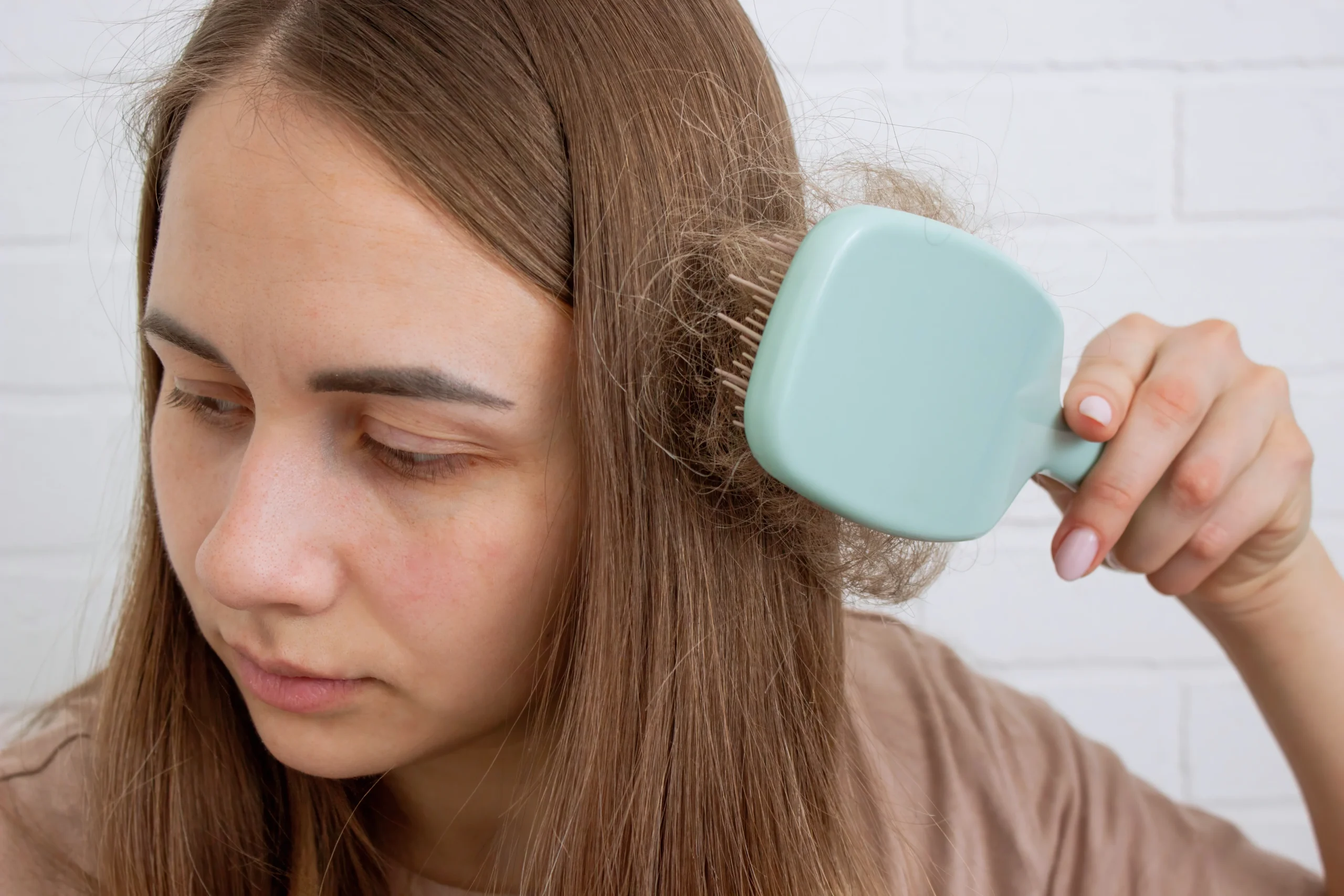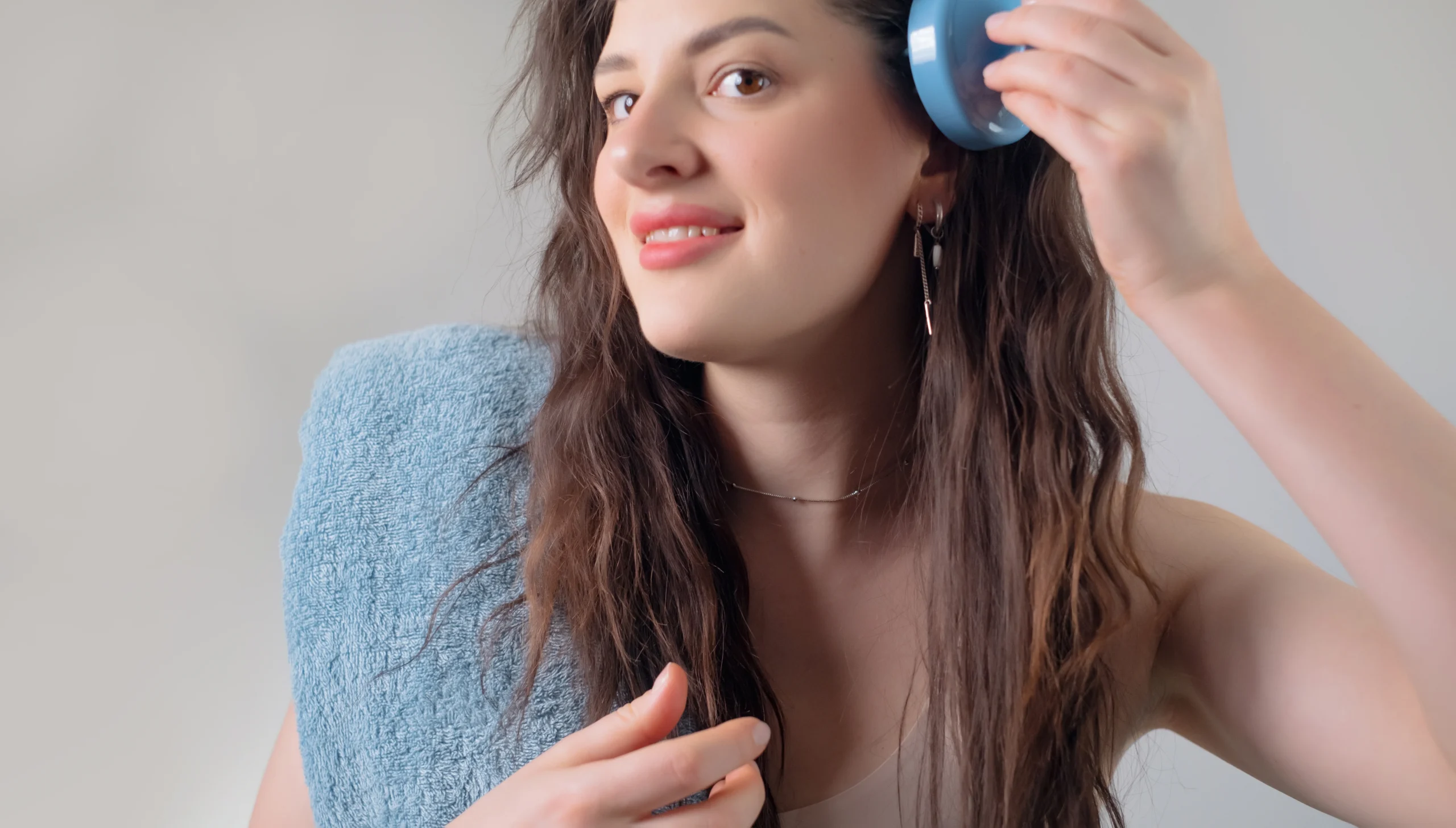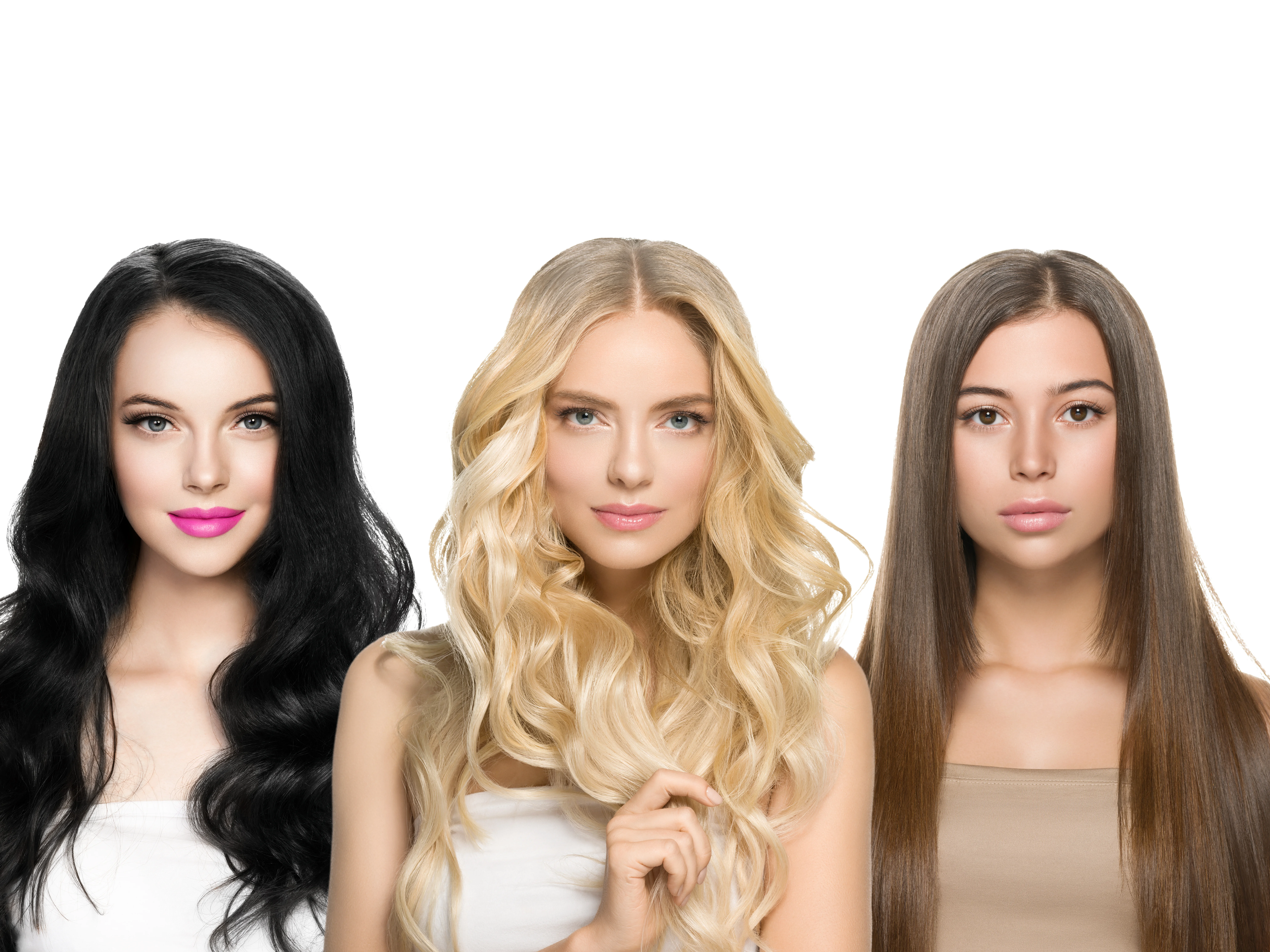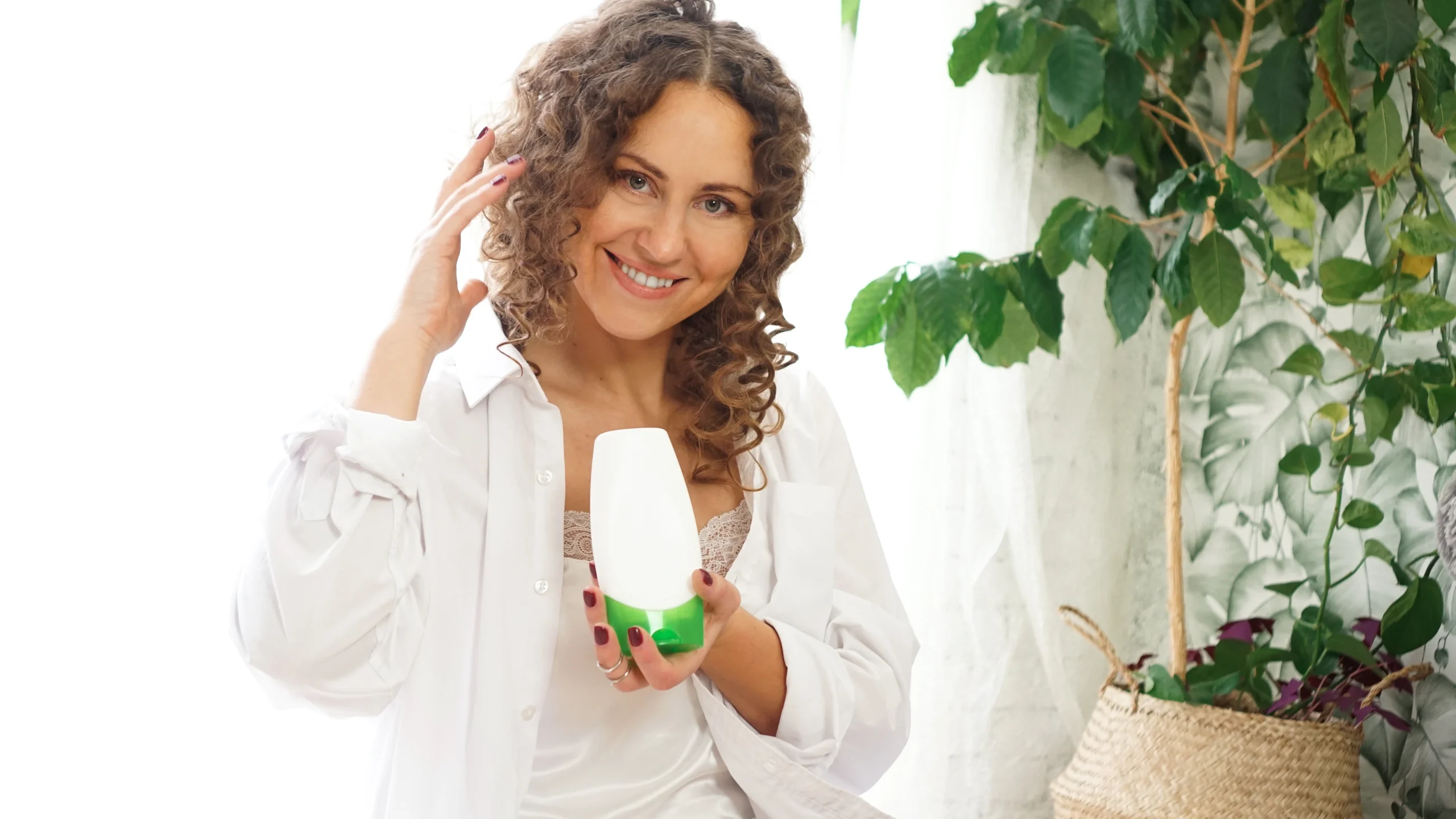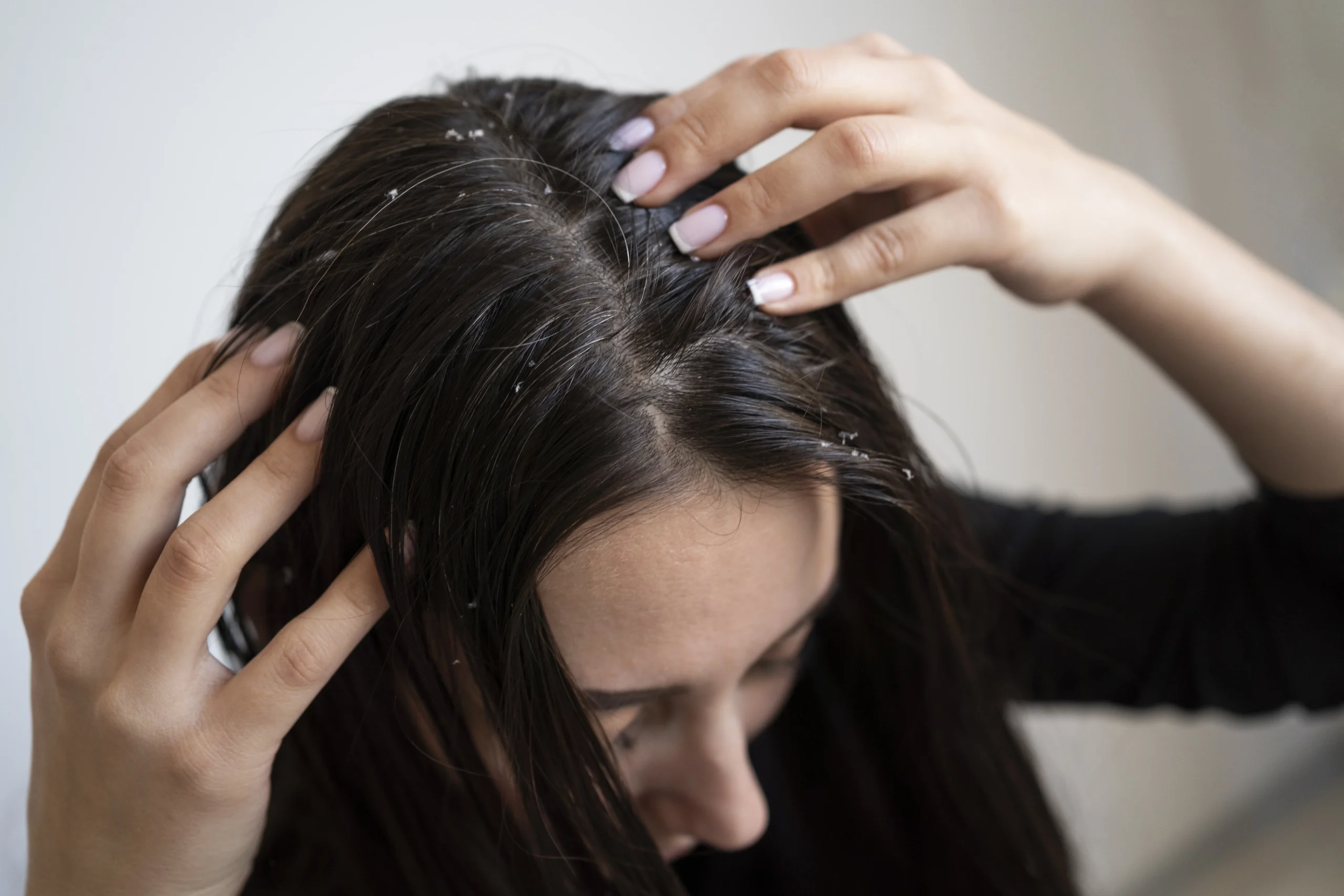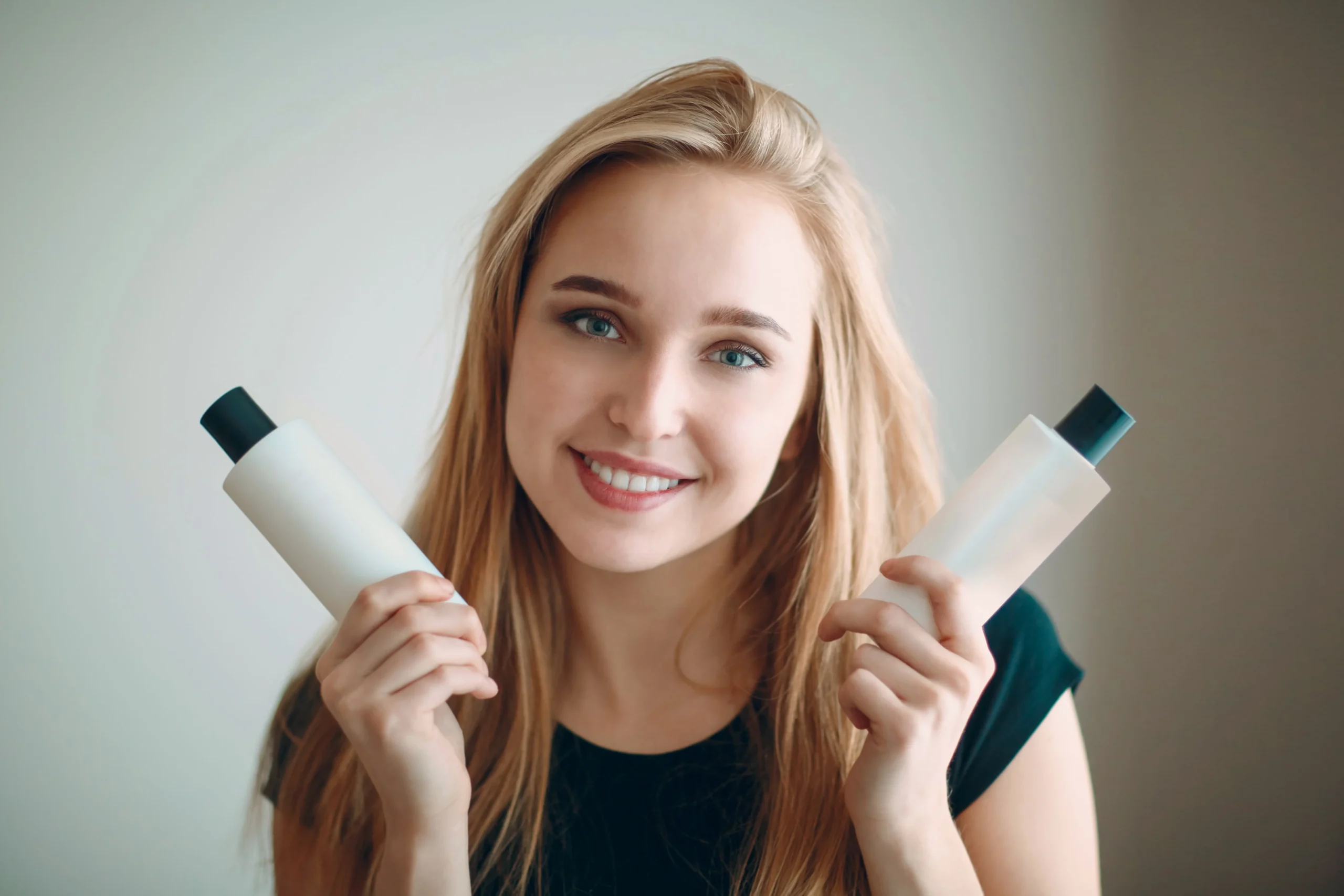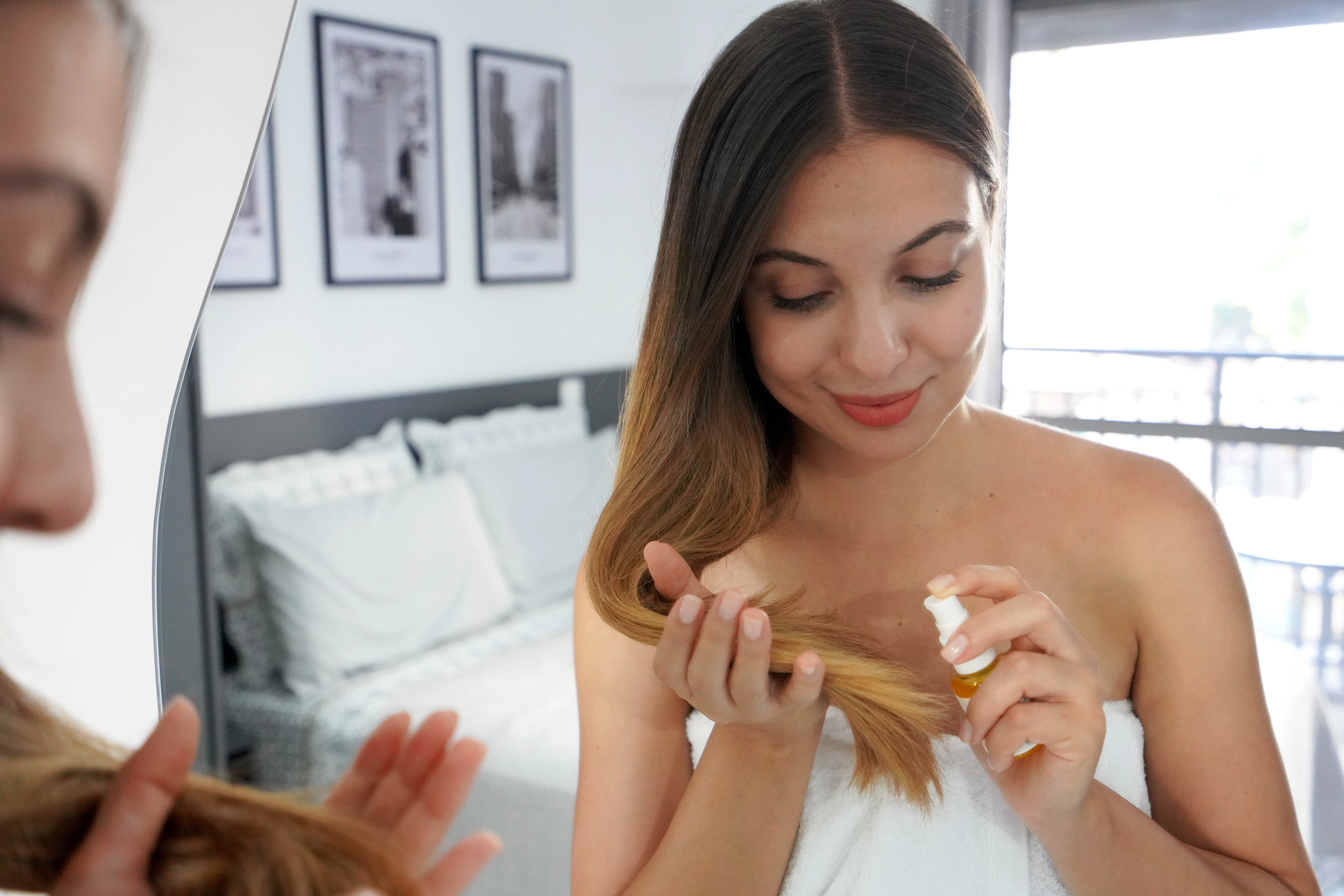Introduction
How to fix damaged hair from chlorine – this is a question almost every swimmer asks at some point or another, when they notice hair looking rough, dull, and lifeless. The chlorine used in swimming pool water is a powerful disinfectant. Still, it completely strips the hair of natural oils, leaving it dry, weak, and brittle. Regular exposure to chlorinated water can cause color fading, frizzed ends, split ends, and even scalp irritation. But the good news is that this damage can be adequately reversed. Understanding how chlorine alters hair structures is the first step; you can restore your hair’s elasticity, replenish lost dampness, and control future damage.
Hair restoration requires targeted hydration, protein recharge, and protective habits. The process starts with cleansing the hair of chlorine residue, then restoring nutrients with deep conditioning, and finally sealing in moisture. Whether you hit the pool every day or swim occasionally, the tips in this guide will help you effectively revitalize your hair. This guide will teach you how to restore hair health, maintain shine, and keep it soft, smooth, and manageable every day – no matter how much chlorine you’re exposed to.
How To Tell If Your Hair Is Damaged By Chlorine
When chlorine comes into contact with your hair, it doesn’t just stay on the top layer; it penetrates through the cuticle layer and disrupts the natural balance of your hair. When you swim, the outer layer of your hair opens up a bit, allowing the chlorine to bond with the proteins. This chemical reaction strips the hair of its natural lipids and oils, which are what give it shine and strength. Over time, this can dry out the hair, make it rough, and cause it to lose color. While the damage may not be visible at first, repeated exposure can cause changes deep within the hair that are not efficiently reversible.
Chlorine also reacts with minerals in pool water, such as copper and iron. These minerals oxidize and stick to hair, causing a greenish tinge, especially on light-colored or dyed hair. This chemical buildup weakens the hair structure, leading to frizz, tangles, and breakage. So, the first step to repairing chlorine-damaged hair is to cleanse away these chemical and mineral residues and repair the hair’s natural pH balance.
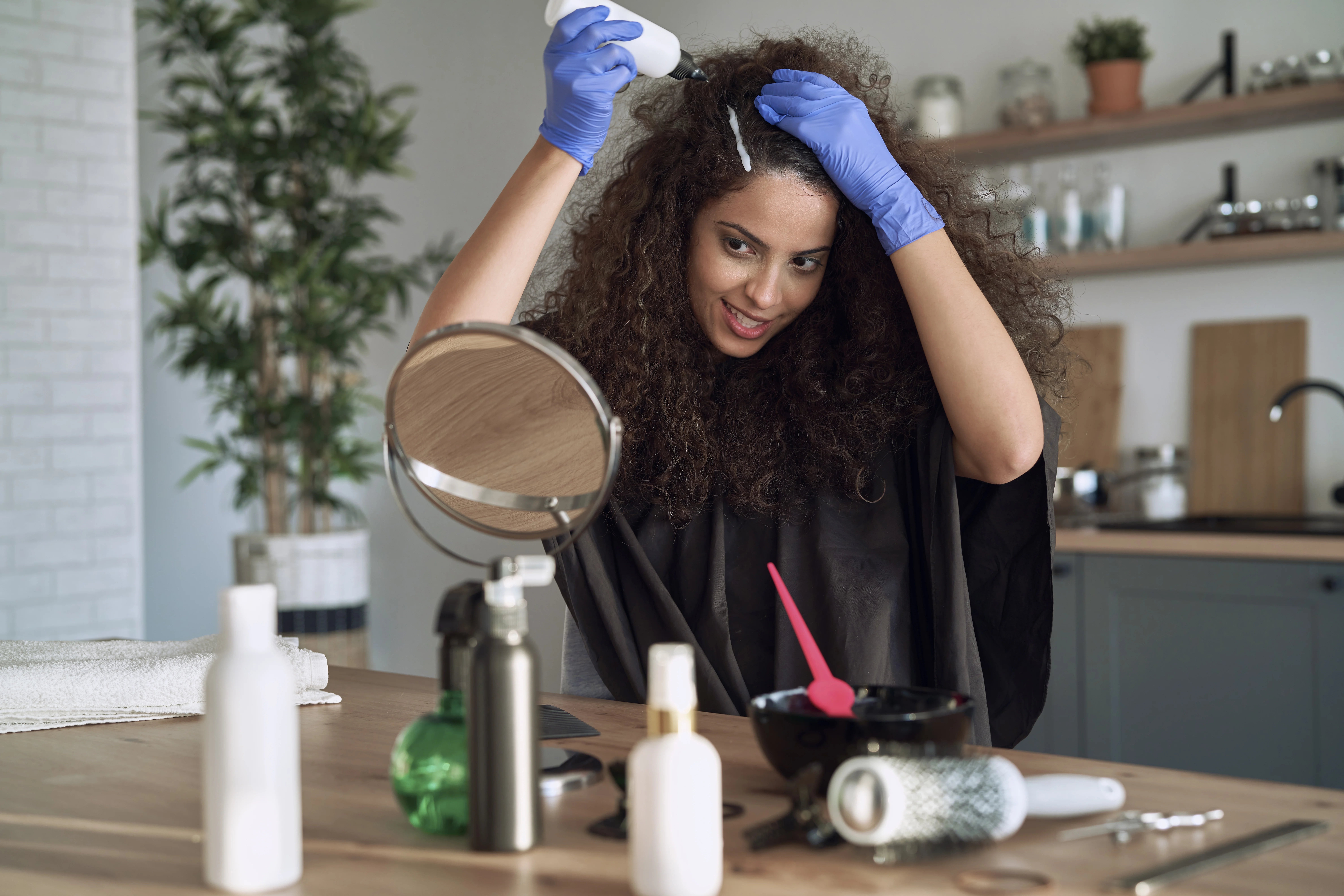
Why Does Chlorine Damage Hair
Every time you swim in chlorinated water, the chlorine breaks down the natural oil sebum on your scalp. This sebum is a protective layer that protects your hair from dryness and external pollution. When this natural shield is destroyed, the hair shaft becomes porous, absorbing more water and chemicals. This excess absorption and swelling weaken the hair structure, causing hair to break due to repeated stretching and contraction.
The damage is even more severe in dyed hair. This is because chlorine quickly breaks down the color molecules, causing the hair to lose its shine. Light colors like blonde, red, or light brown hair quickly look dull, while dark hair takes on a yellowish or brassy hue. The more you are exposed to chlorine, the more your hair’s structural integrity will be compromised. So to know how to repair chlorine-damaged hair, you must simultaneously address chemical and mechanical damage.
How To Identify Chlorine-Damaged Hair
It’s not hard to identify the effects of chlorine on your hair. If your hair feels sticky, rough, or straw-like even after washing, it has accumulated minerals and lost moisture. If your hair color is a sign. Damaged cuticles rub against each other, creating tangles, making it difficult to comb your hair. If your scalp feels tight or itchy after swimming, chlorine has stripped your skin of essential natural oils.
It is crucial to treat these manifestations immediately. Delaying treatment can cause the cuticle layer to crack and the inner cortex to weaken permanently. The sooner you start the recovery process, the easier it will be to restore strength and smoothness to your hair. Now that you know how to identify chlorine damage, let’s learn how to address it practically.
How To Fix Chlorine-Damaged Hair With Deep Cleansing
The first step in hair restoration is completely removing all chlorine and mineral residues. Regular shampoo is not strong enough to neutralize chlorine. Therefore, a clarifying or chelating shampoo is needed, which deeply cleanses the hair but does not over-dry it. Such shampoos break down chlorine compounds and restore natural softness to the hair. Using it once or twice a week is sufficient, depending on the swimming intensity.
To increase the shampoo’s effectiveness, rinse your hair thoroughly with cold water immediately after swimming. This will prevent chlorine from accumulating in the hair. Cold water closes the cuticle, thereby preventing further damage. If you swim daily, use a clarifying shampoo one day and a moisturizing shampoo the next. Be sure to use a nourishing conditioner afterward to restore moisture to your hair.
Ways To Eliminate Chlorine Damage In Natural Materials
Natural ingredients work wonders in repairing chlorine damage. For example, apple cider vinegar restores the hair’s pH and removes mineral deposits. When mixed with water, it restores the hair’s natural shine. Another popular ingredient is baking soda, which helps remove chlorine buildup on the cuticle. However, these should not be used excessively, as they can dry out the hair.
Coconut oil is one of the most effective ways to protect your hair from chlorine damage. It penetrates deep into the hair shaft and replenishes lost oils and proteins. When applied before swimming, coconut oil creates a protective layer that blocks chlorine from penetrating the hair. Aloe vera also hydrates the scalp and soothes irritation or dryness. These natural ingredients complement professional treatments and provide gentle restoration for sensitive hair.
Maintaining Moisture And Protein Balance After Chlorine Exposure
A balance between moisture and protein is essential for healthy hair. Chlorine destroys both of these elements, making hair weak and brittle. To restore balance, apply a protein treatment once a week. This treatment reduces the hair’s structure—hydrolyzed keratin, silk protein, and collagen fill in fine cracks in the hair, making it soft and healthy. Use a deep moisturizing mask after the protein treatment to lock in moisture.
This balance keeps hair flexible and reduces breakage. Excess protein can make hair stiff, while excess moisture can make it look heavy or dull. Therefore, it is essential to alternate protein and moisturizing treatments for optimal results. This method restores the natural elasticity of hair before exposure to chlorine.
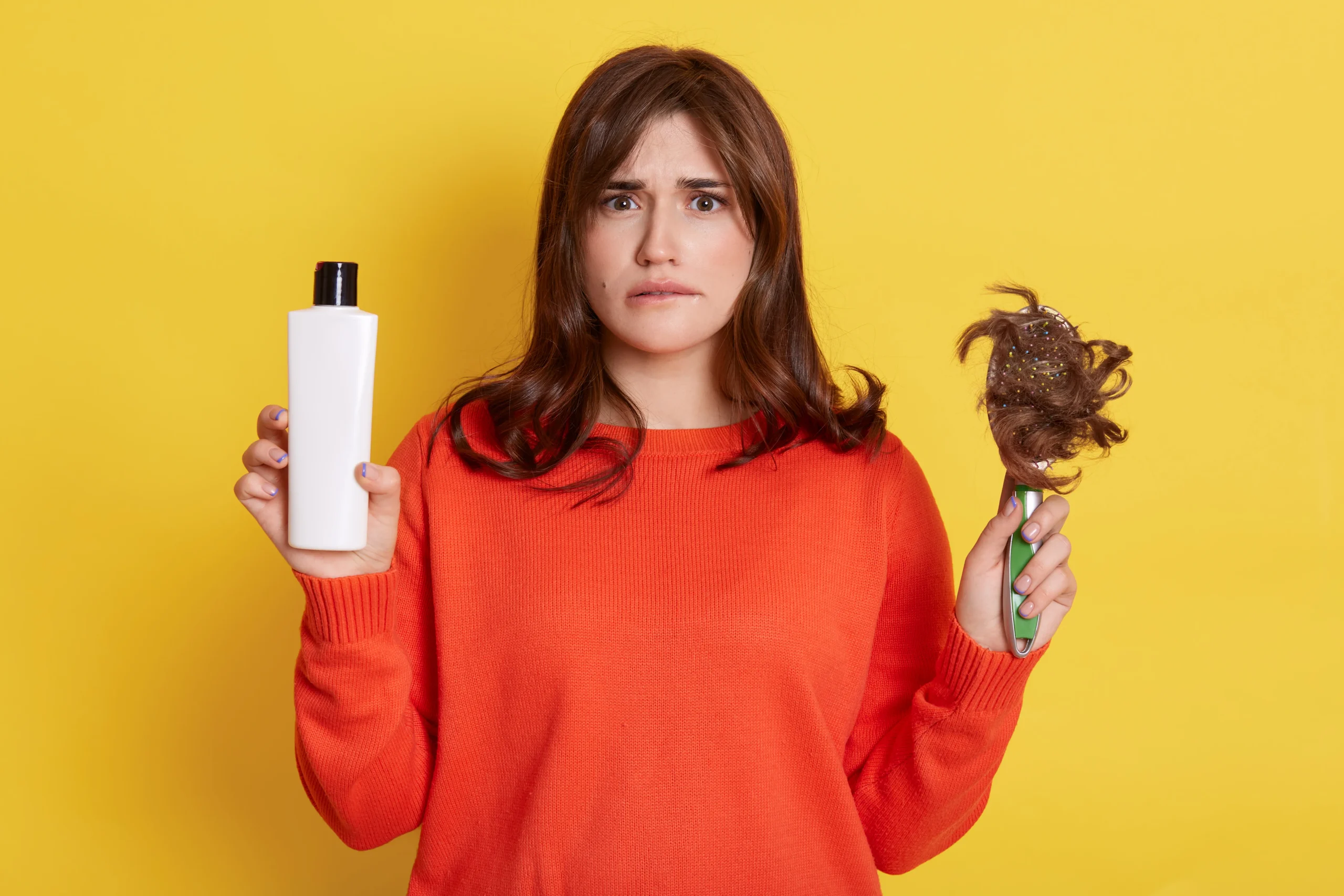
How To Fix Chlorine-Damaged Hair: Through Deep Conditioning Treatment
Deep conditioning is the most effective way to revive chlorine-damaged hair. After exposure to chlorine, each strand of hair becomes rough and porous. Deep conditioning masks penetrate this damaged area, replenishing nutrients and restoring the hair’s natural protective layer. Treatments enriched with argan oil, shea butter, or avocado oil restore softness and elasticity to the hair. The main goal is to give the hair enough moisture to become naturally soft, supple, and shiny again.
When applying deep conditioner, use it from the mid-lengths to the ends of your hair. This will ensure that the damaged areas receive the most nourishment. Covering your hair with a shower cap traps heat and allows the ingredients to penetrate deeper. Rinsing with cold water closes the cuticle and increases shine. Deep conditioning, appropriately done once a week, rebuilds hair much faster than daily light conditioning.
Salon-Quality Mask That Repairs Chlorine Damage
Professional or salon-quality hair masks contain much more effective nutrients than regular conditioners. Enriched with hydrolyzed proteins, amino acids, and ceramides, masks rebuild the hair’s internal structure. These ingredients smooth the cuticle, which chlorine usually damages.
For colored hair, choose a mask labeled “color-safe” to prevent color fading. Many salons offer treatments called Olaplex or K19, which rebuild the disulfide bonds in the hair. These treatments provide visible results right away. If you swim regularly, a monthly bond-building therapy can help you become resistant to future chlorine damage.
Homemade Hydration Mask
Masks made with natural ingredients can also give excellent results for hair if used correctly. For example, mixing honey and coconut milk can create a hydrating mask that softens hair. Honey locks in moisture, while coconut milk adds protein.
Another effective mixture is yogurt, olive oil, and a few drops of vitamin E oil. It nourishes dry hair and soothes the scalp. Before applying any mask, ensure your hair is slightly damp but not completely wet. Wet hair is more capable of absorbing nutrients. Leave the mask on for 20 – 30 minutes and rinse with cold water. Using this natural treatment once a week will gradually restore the shine to hair that has become dry due to chlorine.
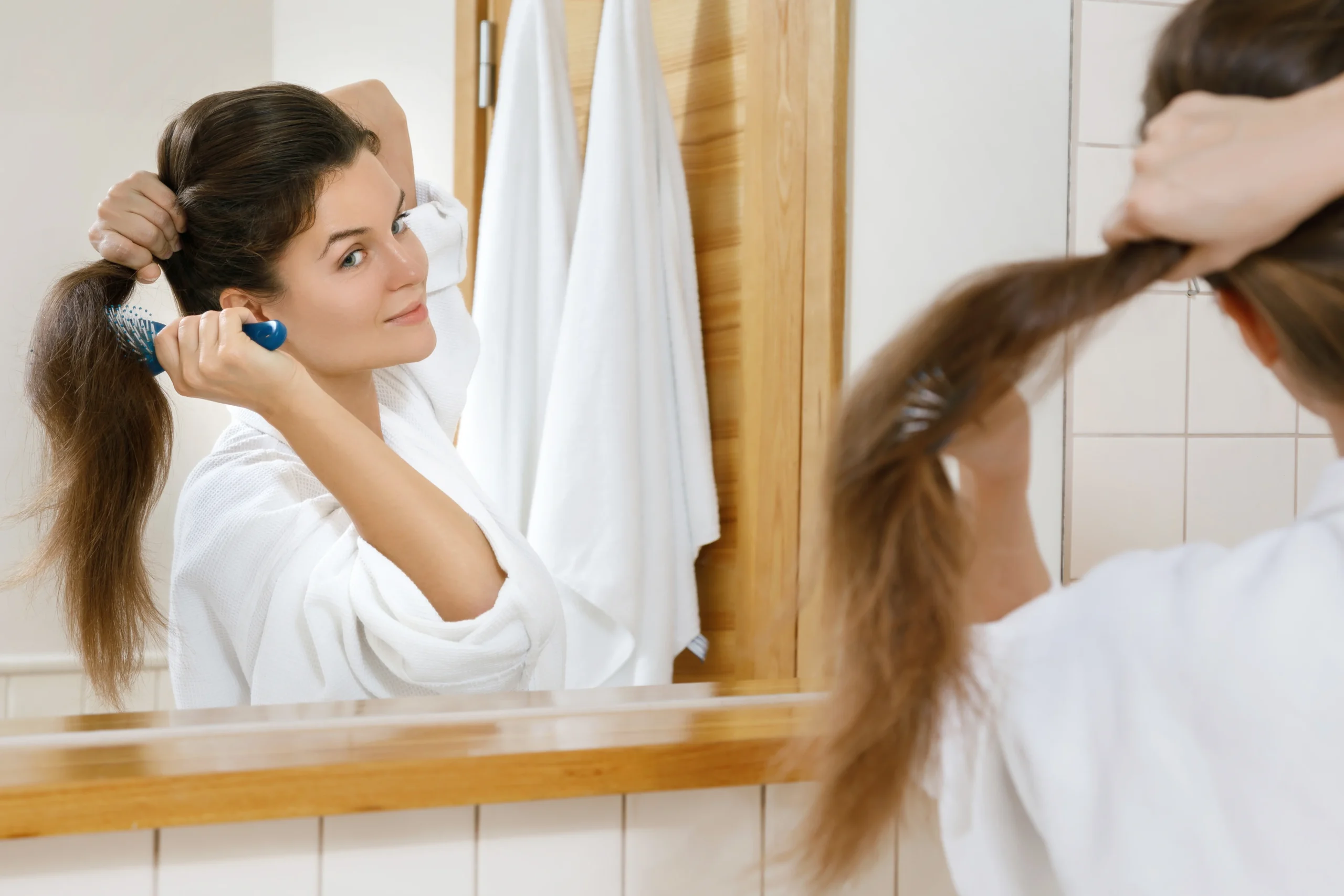
How To Fix Chlorine-Damaged Hair Before And After Swimming
Hair repair is not just about repairing damage. It’s also about controlling future damage. Creating a routine before and after swimming will help protect your hair every time. If your hair is pre-soaked with clean water or oil, chlorine won’t penetrate as easily. Following the proper protective habits will reduce damage in the long run and keep your hair soft and smooth even after repeated swimming sessions.
Protecting Care Before Swimming
Before swimming, wet your hair first. Wet hair grips less chlorine. Then apply a leave-in conditioner or a few drops of argan or jojoba oil. These oils create a protective layer on the hair that prevents the penetration of chemicals. Wearing a swim cap gives better results, as it dramatically reduces the exposure of the hair to chlorine.
For colored hair, it’s essential to use a UV-protection spray, which protects the color from damage caused by chlorine and sunlight. Also, products specifically designed for swimmers should be used, which contain ingredients that repel water and chemicals. This little habit keeps the hair cuticle intact and the color vibrant.
Post-Swimming Cleaning And Care Routine
Rinse your hair thoroughly with cold water as soon as possible after swimming to remove the chlorine. Delaying this step will cause the chlorine to oxidize inside the hair, causing more damage. Use a clarifying shampoo once or twice a week to remove chlorine and mineral buildup, and a moisturizing shampoo on other days to restore moisture.
After shampooing, use a light conditioner that detangles and smooths hair. You can use a leave-in spray or serum containing panthenol or glycerin for extra nourishment. These ingredients lock in moisture and maintain hair elasticity. Doing this quick routine regularly will help eliminate the dullness or brittleness that chlorine can cause in your hair.
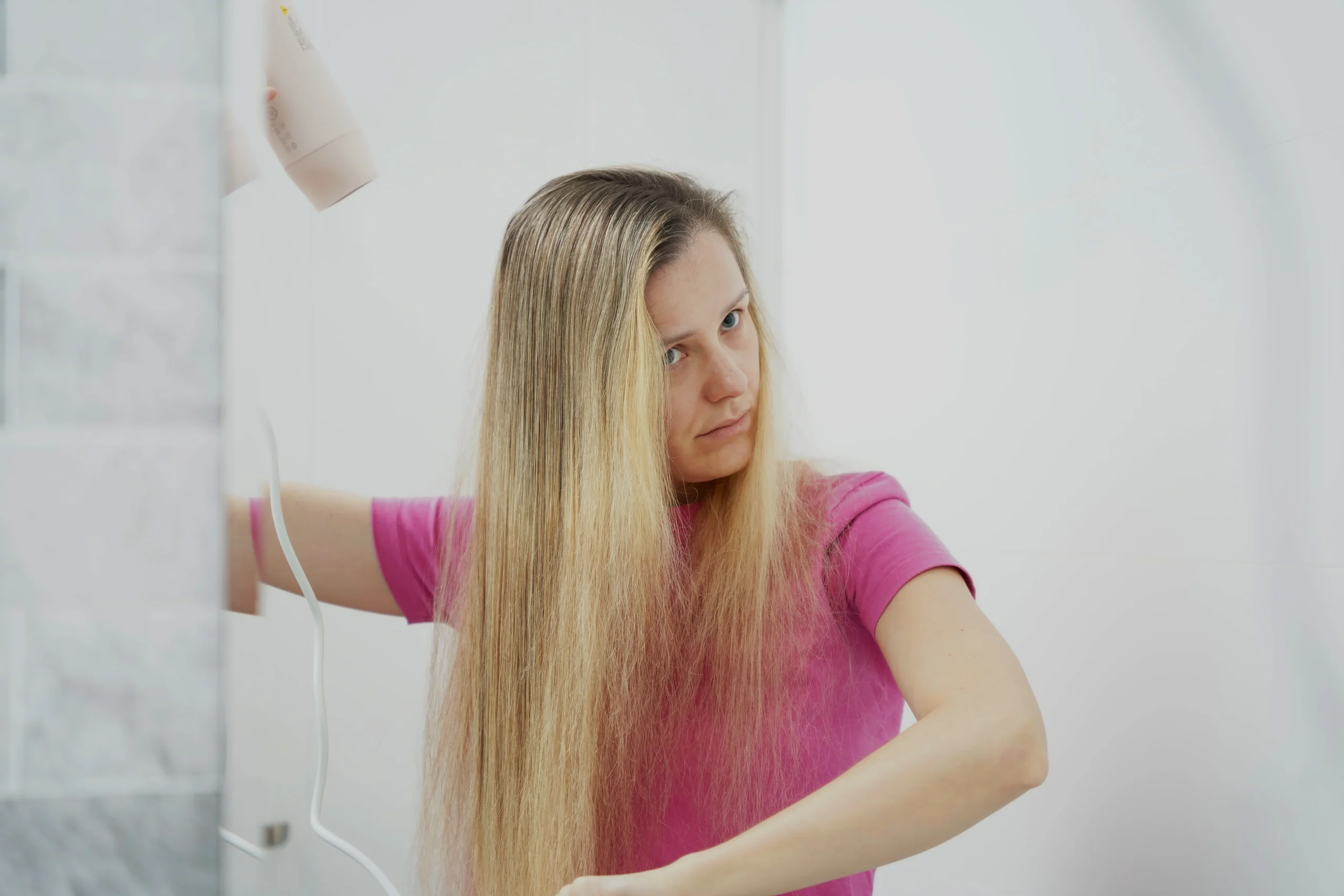
Daily Habits That Keep Hair Chlorine-Free
Regular care outside the pool keeps hair stronger. Excessive heat styling should be avoided on chlorine-damaged hair. High temperatures increase dryness and breakage. If you must use warm tools, use a heat protectant first. Regular trimming helps prevent split ends and maintain smoothness.
Sleeping on a silk pillowcase reduces friction on your hair, which helps the moisture from your treatment last longer. Drink plenty of water and make eating foods like salmon, nuts, and vegetables a habit. These nutritious foods strengthen your hair from the inside out and, when combined with external care, help it retain its natural shine all year round.
Restore Chlorine-Damaged Hair With Professional Treatments
Occasionally, home care is not sufficient. Salon treatments provide faster results by repairing the hair’s internal structure and replenishing lost proteins. Choosing the exemplary service for your hair type ensures speedier recovery and long-lasting results.
Bond Restructuring Treatment
Bond-rebuilding systems like Olaplex, Redken Acidic Bonding Concentrate, or K18 reverse structural damage to hair. Chlorine breaks down the disulfide bonds inside the hair, which hold the hair structure together. These treatments reconnect those bonds, strengthening the hair from the inside out. After just a few sessions, hair becomes thicker, smoother, and more resistant to breakage.
Professionals often use deep conditioning masks with these bond builders to achieve an effect. This two-step process rebuilds the hair structure and restores it every few weeks, keeping it intact, even if you swim regularly.
Extra Shine With Gloss And Keratin Treatment
Gloss treatment seals the outer cuticle of the hair and restores shine. It creates a light-reflecting layer on the hair, making it look smooth and healthy. Semi-permanent gloss also enhances the brightness of the color, eliminating the dullness caused by chlorine.
Keratin treatment injects protein directly into the hair shaft, eliminating frizz and improving texture. This treatment primarily benefits curly or thick hair that can easily become unruly in chlorine. Keratin-rich hair is more water-resistant, providing long-lasting protection.
Scalp Treatment: Restore Oil And Moisture Balance
Chlorine not only damages your hair, but it also disrupts the natural balance of your scalp. A healthy scalp produces essential oils, which keep your hair moisturized. Professional scalp exfoliation removes dead cells and chlorine buildup, allowing your follicles to breathe. Treatments containing tea tree oil or menthol can help relieve dryness and itchiness.
A gentle scalp massage increases blood circulation, which helps new hair grow and distributes natural oils evenly throughout the hair. A healthy scalp means strong, durable hair – essential for complete recovery from chlorine damage.
Discover More Articles On Makeup And Beauty Here
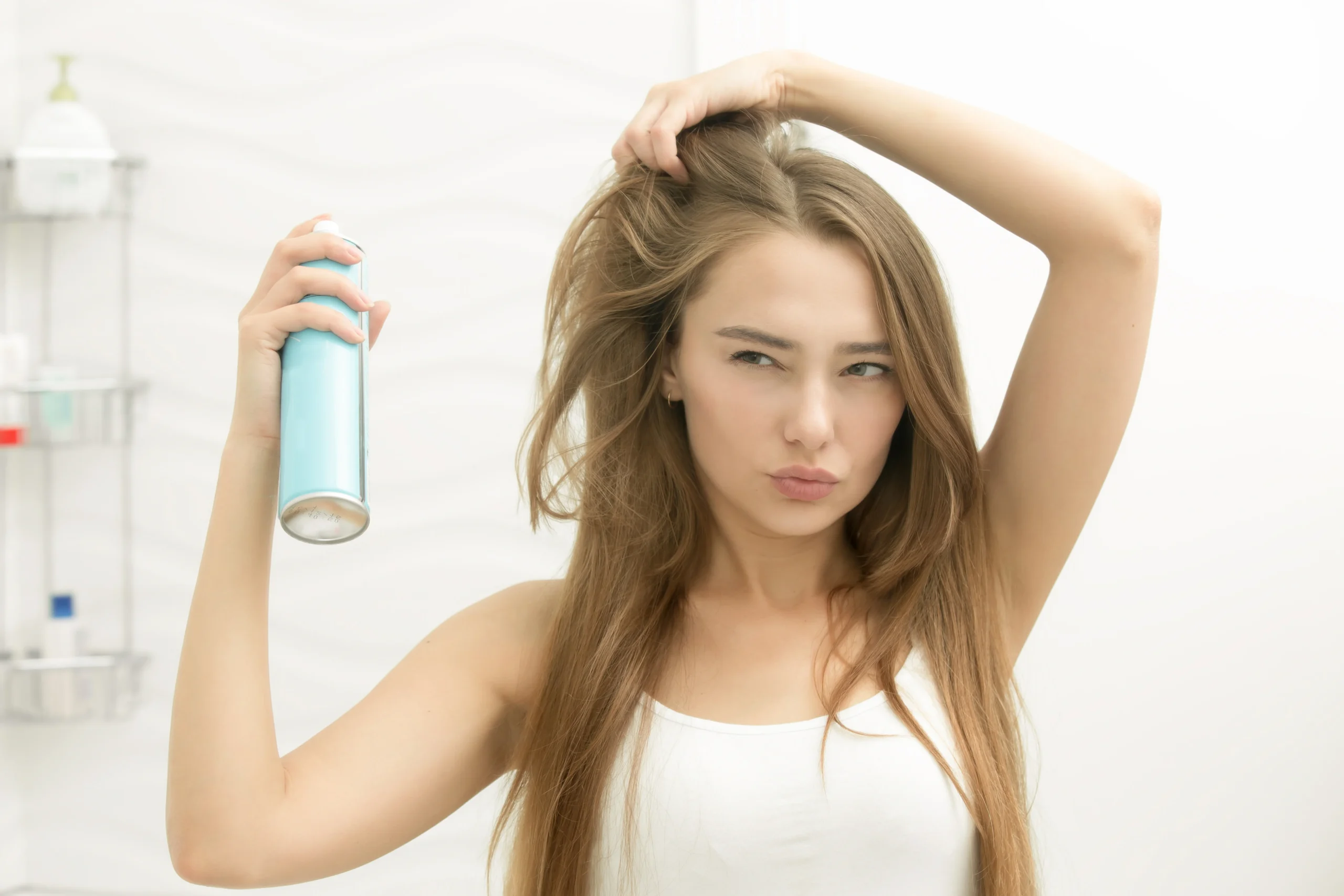
Final Thoughts On How To Fix Damaged Hair From Chlorine
Learning how to fix damaged hair from chlorine restores your hair’s beauty and confidence. Every strand of hair tells a story of care, protection, and rejuvenation. When you regain moisture, rebuild structure, and care for your scalp, your hair becomes softer, shinier, and more vibrant. Swimming should be a symbol of freshness, not damage, and that’s precisely what you can do with the proper routine.
The hair care journey doesn’t end with a one-time mask or rinse. Constant care brings eternal change. Protect before swimming, cleanse immediately after swimming, and deep condition regularly. Also, nourish your hair from within by eating healthy foods and drinking enough water. Over time, your hair will regain its natural shine and suppleness, lose its brittleness and dullness, and sway freely again.
Healthy hair isn’t about avoiding the pool but learning to balance. Once you’ve mastered this balance, you can swim without fear of chlorine – with strong, shiny, radiant hair from root to tip.

